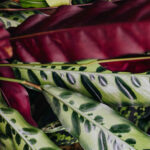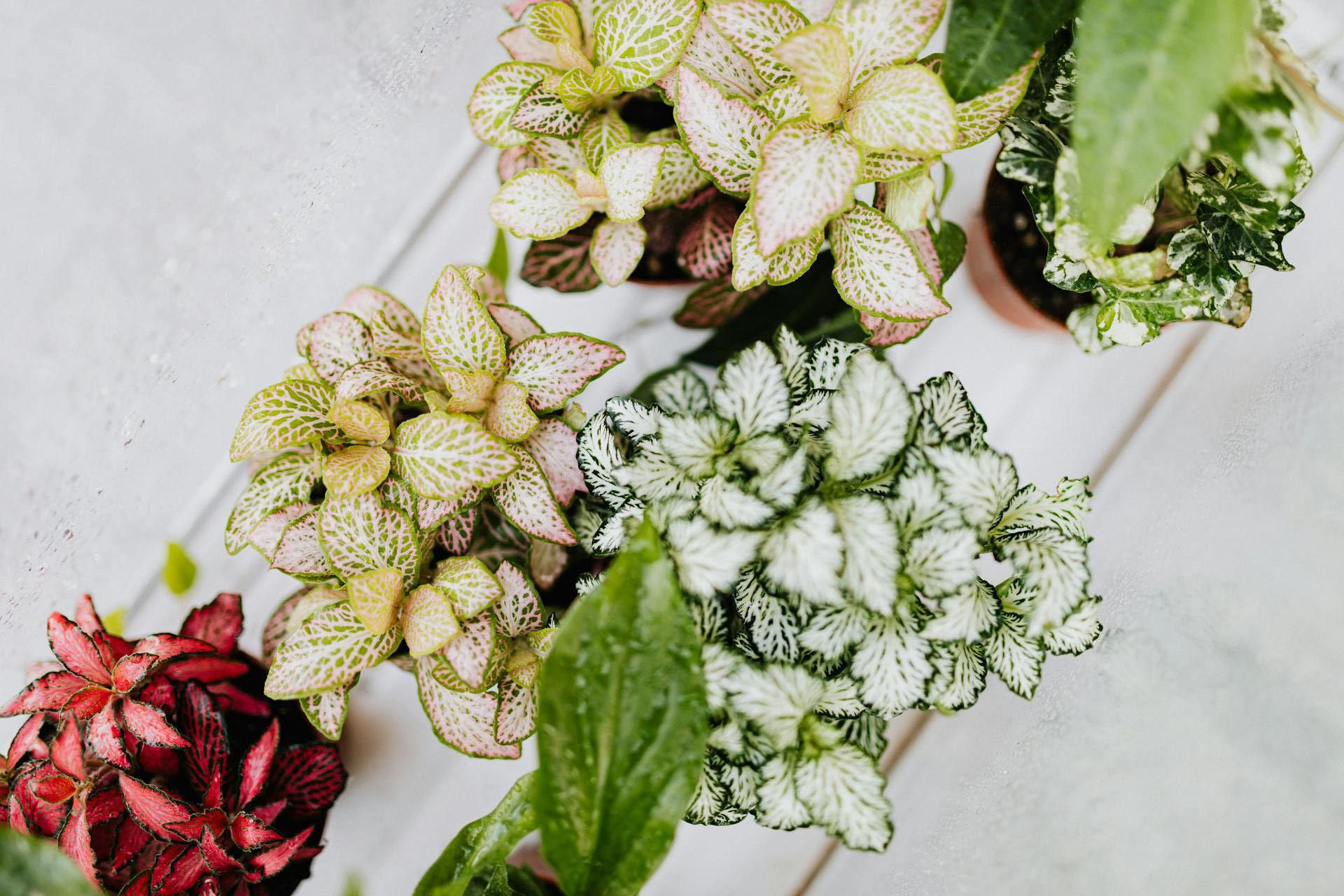The umbrella plant (Schefflera arboricola) is a popular choice for indoor plant lovers, known for its unique, umbrella-shaped leaves and ability to purify indoor air. With a bold, tropical appearance and simple care requirements, this plant is perfect for both beginners and seasoned plant enthusiasts alike. In this guide, we’ll explore everything about the umbrella plant: its many benefits, different types, best care practices, solutions to common problems, and advanced tips for keeping it thriving.
Table of Contents
- What is an Umbrella Plant?
- Benefits of Umbrella Plants
- Types of Umbrella Plants
- Care Guide for Indoor Umbrella Plants
- Common Problems and Solutions
- Additional Tips for Thriving Umbrella Plants
- FAQ
- Conclusion
What is an Umbrella Plant?
The umbrella plant, Schefflera arboricola, is a tropical plant native to Taiwan. Its defining feature is its umbrella-like clusters of glossy green leaves, making it a striking addition to any collection of indoor plants. This plant is prized for its adaptability and low-maintenance nature, allowing it to thrive indoors with minimal care. Beyond its aesthetic appeal, It’s also acts as a natural air purifier, removing toxins and releasing oxygen, thus promoting a fresher indoor environment.
Benefits of Umbrella Plants
- Air Purification: Like many house plants, the umbrella plant filters harmful airborne toxins, helping improve indoor air quality.
- Visual Appeal: Its lush, glossy leaves make the umbrella plant an attractive focal point in any room, whether in a home or office setting.
- Low Maintenance: The umbrella plant is a hardy, easy-care house plant, making it ideal for busy individuals or those new to plant care.
- Mood Enhancer: Studies show that indoor plants, including the umbrella plant, can help reduce stress, elevate mood, and create a calming indoor atmosphere.
“Indoor plants like the umbrella plant not only beautify spaces but also bring a sense of tranquility and connection to nature.”
Types of Umbrella Plants
The umbrella plant family includes several types, each with unique qualities to suit different spaces and preferences:
- Dwarf Umbrella Tree (Schefflera arboricola): The most popular type for indoor environments, this variety is compact and easy to maintain.
- Schefflera actinophylla: Also known as the Australian umbrella tree, this larger variety is typically grown outdoors but can adapt to large indoor spaces.
- Variegated Umbrella Plant: This variety features green leaves with cream or yellow accents, adding unique visual interest to an indoor plant collection.
Care Guide for Indoor Umbrella Plants
While relatively low-maintenance, the umbrella plant thrives best when specific care guidelines are followed. Here’s an in-depth guide on providing optimal care:
Light Requirements
The umbrella plant prefers bright, indirect light but can adapt to lower light conditions, making it a versatile choice for indoor settings.
- Ideal Placement: Position the plant near a north- or east-facing window where it can receive filtered sunlight. Avoid placing it in direct sunlight, which can cause leaf burn.
- Low-Light Adaptability: While the plant can survive in lower light, growth may slow, and leaf color may lose some vibrancy. Consider supplemental grow lights if natural light is insufficient.
Watering Needs
Watering correctly is crucial to prevent issues such as root rot, a common concern for house plants. The umbrella plant does best with moderate watering.
- Frequency: Water the plant when the top inch of soil feels dry, generally once every 1-2 weeks, depending on indoor humidity and temperature.
- Watering Technique: Water thoroughly until it drains out of the bottom, then empty the saucer to prevent standing water, which can lead to root issues.
Temperature and Humidity
As a tropical plant, the umbrella plant prefers warm and humid indoor conditions but can adapt to typical indoor temperatures.
- Temperature Range: Ideal temperature is between 60-75°F (16-24°C).
- Humidity: Prefers moderate to high humidity. If indoor air is dry, especially in winter, mist the leaves or place a humidifier nearby.
Soil and Fertilizer
Well-draining soil and occasional feeding support the health of the umbrella plant.
- Soil Type: Use a potting mix designed for indoor plants, providing both drainage and aeration to prevent waterlogging.
- Fertilization: Feed the plant with a balanced, water-soluble fertilizer once a month during spring and summer. Refrain from fertilizing in winter when growth slows.
Common Problems and Solutions
Despite being resilient, the umbrella plant may face some common issues. Here’s how to troubleshoot them effectively:
- Yellow Leaves: Often a sign of overwatering, yellow leaves may indicate root rot. Allow the soil to dry before the next watering.
- Drooping Leaves: This can be due to underwatering or sudden temperature changes. Check soil moisture and adjust watering accordingly.
- Pest Infestation: Spider mites and aphids may occasionally affect umbrella plants. Use a mild soap solution or insecticidal spray to manage pests.
Additional Tips for Thriving Umbrella Plants
- Prune Regularly: Pruning helps maintain a full and compact shape. Trim back leggy stems to encourage new growth.
- Clean the Leaves: Gently wipe the leaves with a damp cloth to remove dust, which can block sunlight and hinder photosynthesis.
- Rotate the Pot: Rotate the plant every few weeks to ensure all sides receive adequate light, preventing the plant from leaning.
- Re-pot Every Two Years: Refresh the soil and re-pot every 1-2 years to provide fresh nutrients and accommodate root growth.
FAQ
Q: Can umbrella plants grow in low light?
A: Yes, umbrella plants can tolerate low light, although growth may slow, and leaves may lose some vibrancy.
Q: Are umbrella plants toxic to pets?
A: Yes, umbrella plants contain compounds that are toxic if ingested by pets. Keep the plant out of reach of cats and dogs.
Q: How can I make my umbrella plant bushier?
A: Pruning helps encourage fuller growth. Trim back leggy stems to promote a bushier appearance.
Q: How often should I water my umbrella plant?
A: Water when the top inch of soil feels dry. Overwatering is a common issue, so allow the soil to dry between waterings.
Q: Do umbrella plants need fertilizer?
A: Yes, feed the plant monthly with a balanced fertilizer during the growing season to support vibrant foliage and healthy growth.
Conclusion
The umbrella plant is an attractive, easy-care addition to any indoor plant collection. With its lush, umbrella-shaped leaves, it brings a natural, calming element to indoor spaces. By following basic care practices like providing indirect light, maintaining a balanced watering routine, and pruning occasionally, this resilient house plant will thrive, bringing beauty and benefits to your indoor environment. The umbrella plant is a perfect choice for anyone looking to add greenery to their indoor spaces.













